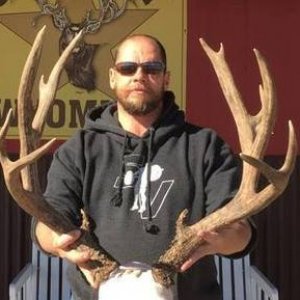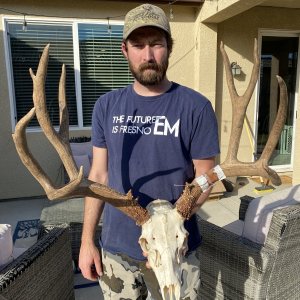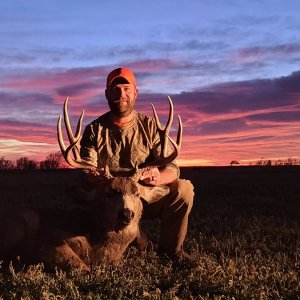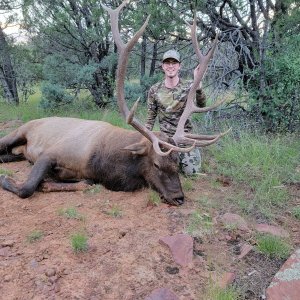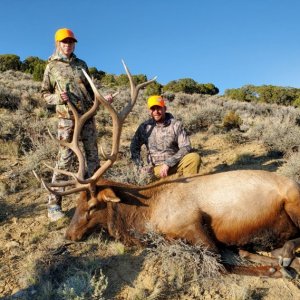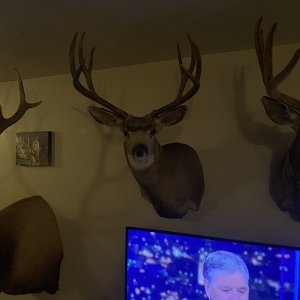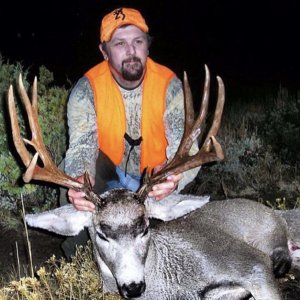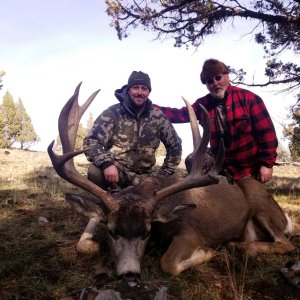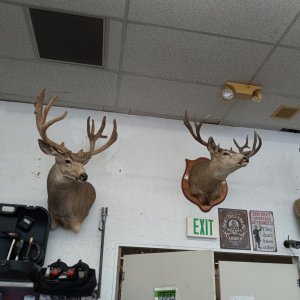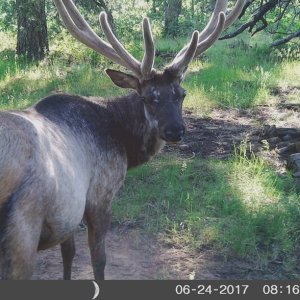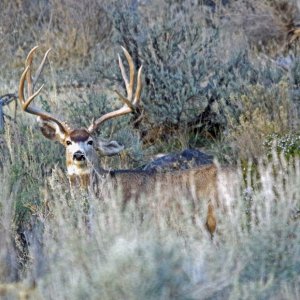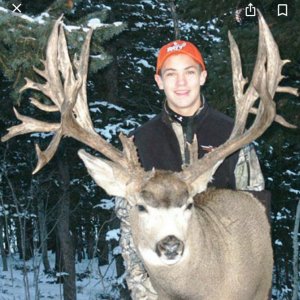N
NeboBob
Guest
A question for all. Is it really possible to control genetics in a free roaming deer or elk herd?
Does/cows carry half the genetics and we cannot tell which doe/cow is a good animal in a non-fenced, controlled situation. We cannot control this like ranchers can control their cows/bulls.
Convention says that the bigger the herd the better the genetics because of the diversity and sheer number of different animals. If we try to control for larger antler size could we actually harm the genetics that control for a disease-free deer/elk.
I hear a lot about genetics and I have read articles about whitetail genetics but that is in controlled, fenced areas. Just wondering what others ideas are.
Does/cows carry half the genetics and we cannot tell which doe/cow is a good animal in a non-fenced, controlled situation. We cannot control this like ranchers can control their cows/bulls.
Convention says that the bigger the herd the better the genetics because of the diversity and sheer number of different animals. If we try to control for larger antler size could we actually harm the genetics that control for a disease-free deer/elk.
I hear a lot about genetics and I have read articles about whitetail genetics but that is in controlled, fenced areas. Just wondering what others ideas are.


